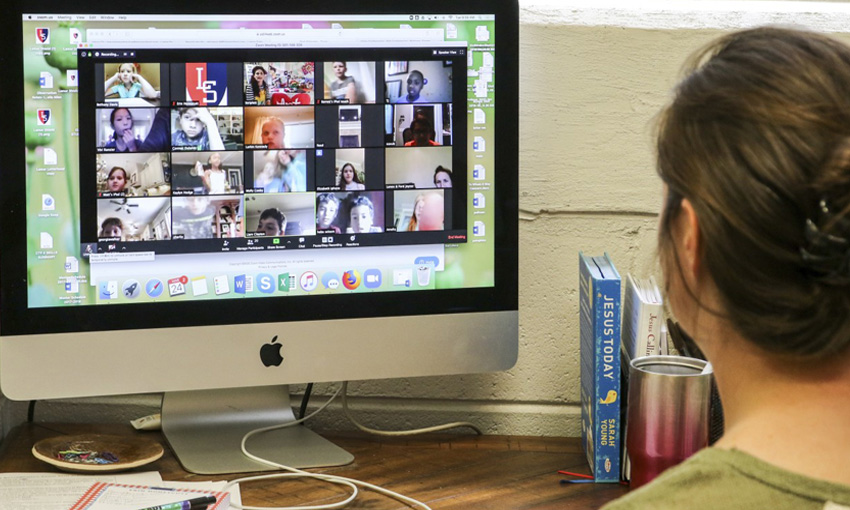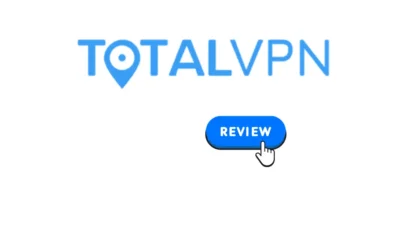Disclosure: Privacy Australia is community-supported. We may earn a commission when you buy a VPN through one of our links. Learn more.
Are Online Classrooms Endangering Children’s Privacy?

COVID-19 has changed pretty much all the ways we interact, and education is no exception. Whilst plenty of people have taken the opportunity to carry out the days work in their pyjamas, teachers have been busy pulling their hair out trying to digitally control classrooms of rowdy kids from miles away. One of the main platforms this cat-herding takes place on is Zoom.
Setting these Zoom classrooms up has been a mess for many teachers, most with no formal IT training. Whilst kids have found inventive ways to mess with teachers, suddenly dancing in unison, putting themselves as backgrounds and Zoom bombing, there is a more concerning side.
The aforementioned zoom bombing is not restricted to students, having seen strangers enter virtual classrooms full of children and harass them.
With this and a number of other new risks, some teachers are starting to wonder if the dangers outweigh the benefits.
Rapid Transition to Online Classrooms
Universities were quick to transition to online education, most were doing it in some form pre-COVID already. Following this relative success, a lot of earlier grades followed suit, but with – to put it mildly – less success.
Teaching children in schools posed a lot more issues. There was no existing infrastructure, thus no privacy and safety policies, and students that were a lot more at risk. All these combined to make Zoom classrooms for younger years flounder where universities flourished.
Uneven Online Transitions
Proper direction for teachers has been lacking, meaning the implementation of Zoom classrooms across Australia have been a patchwork of approaches and methods. How well these work out had been likewise varied from place to place.
Policymakers, teachers, and schools don’t have a straightforward choice and certainly didn’t have much time to make a decision when COVID-19 kicked off. Considering if students can use it, how quick it can be set up, classroom capacity and dozens of other considerations had to be worked out and put into place in a blink of an eye.
Whilst all the face value stuff was solved, usually using Zoom, the rush means that other normal concerns have been overlooked. Unfortunately, this ‘overlooked concern’ is often children’s privacy and security.
Zoom Classrooms and Privacy
Zoom isn’t the only game in town by any means, but its success in the business world has made it one of the top choices for educators.
However, what made it great for a conference call with colleagues often don’t pan out for a classroom of children; and risks that might be an inconvenience for the former can be a danger for the latter.
Without safety features like a secure browser, these problems are far more likely to occur.
Privacy, Data Gathering, and Consent
Zoom gathers and catalogues some data from the children in classrooms that might make you uncomfortable, especially if they are your own children. The info gathered includes usernames, date of birth, the student’s school, their device, email (which is why a secure email service is so worth it), connection, network and other data about the exact specifics of their Zoom usage.
Unfortunately, this is to be expected for almost all video call platforms (if this bothers you, check out our guide on how to stay safe with a VPN) but for children, it’s a lot harder to claim they consented to this.
They often have consent given on their behalf, by parents of teachers, and even when this isn’t the case, the fact a young student is likely to just click accept and Zoom away is a stretch of the term ‘informed consent’.
This all might sound like a classic, rather innocuous case of kids not reading the small print, but some have raised concerns it could violate ‘UN Convention for the Rights of the Child’ where there is a legal requirement that they have the right to participate in decisions affecting them.
There is a good chance many video call platforms may be culpable for this, for example, Skype’s dedicated ‘Skype in the Classroom’ app still gathers the same data and thus is still raising the same issues despite its student-oriented approach.
Implications for Child Safety
Data gathering is concerning, but what’s worse is how this data could be abused to threaten a child’s safety. Zoom bombing, the act of entering a Zoom chat uninvited and unannounced, can pose a serious threat for kids.
In some cases, such as in Singapore, strangers have hacked classrooms and harassed children with inappropriate images; prompting the country to ban the service from schools.
Given teachers are stretched by their new technological responsibilities, some teachers worry they may not even notice intruders in large classrooms. One concerned teacher, Sophia Lennon, told me that “if someone hacks [the classroom], they can trace the addresses of the [students] and find them…on social media and groom them online”.
With such a large amount of data that, if misused, could put kids at risk, you would assume Zoom had ironclad protections. Unfortunately, that isn’t exactly the case, such as when Zoom accidentally routed Taiwanese government data through Chinese servers.
If you want to know how to be protected and ensure your child’s online safety, check out our ….
Children’s Privacy: Solutions
It’s not all a story of failure and danger, many teachers, educators, policymakers have recognised the issues and mobilised to find the solutions. There is now a bounty of resources on the web for teachers, parents, and students to keep safe and secure online.
Not to mention the huge growth of third party organizations providing the expertise to tackle the challenges of online transitions. One such group that perfectly encapsulates this is the Consortium for School Networking, who “provides thought leadership resources, community, best practices and advocacy tools to help [educators] succeed in the digital transformation”.
There is also a danger of webcams being used without a student’s knowledge after hacking Zoom, which is why it’s worth considering a Webcam cover.
These kinds of services will prove vital in picking up the shortfall and smoothing out the rough edges of online education.
Conclusion
Even as the world starts to look towards an end to COVID-19 lockdown in the foreseeable future, the effect on education is likely to remain.
Far more emphasis has been placed on a student’s digital presence, and a teacher’s ability to harness this; this, as we have seen, entails a lot of dangers.
However, many of these could be ascribed to teething problems of online educating, and the more persistent concerns have seen a reactive rise of systems to combat them.
It will still pay to be alert and cautious to the dangers online education poses to children, whether teachers, parents, or the students themselves; but if you take advantage of the resources available, such as secure VPNs, and keep vigilant, the benefits of online education can always outweigh the risks.





